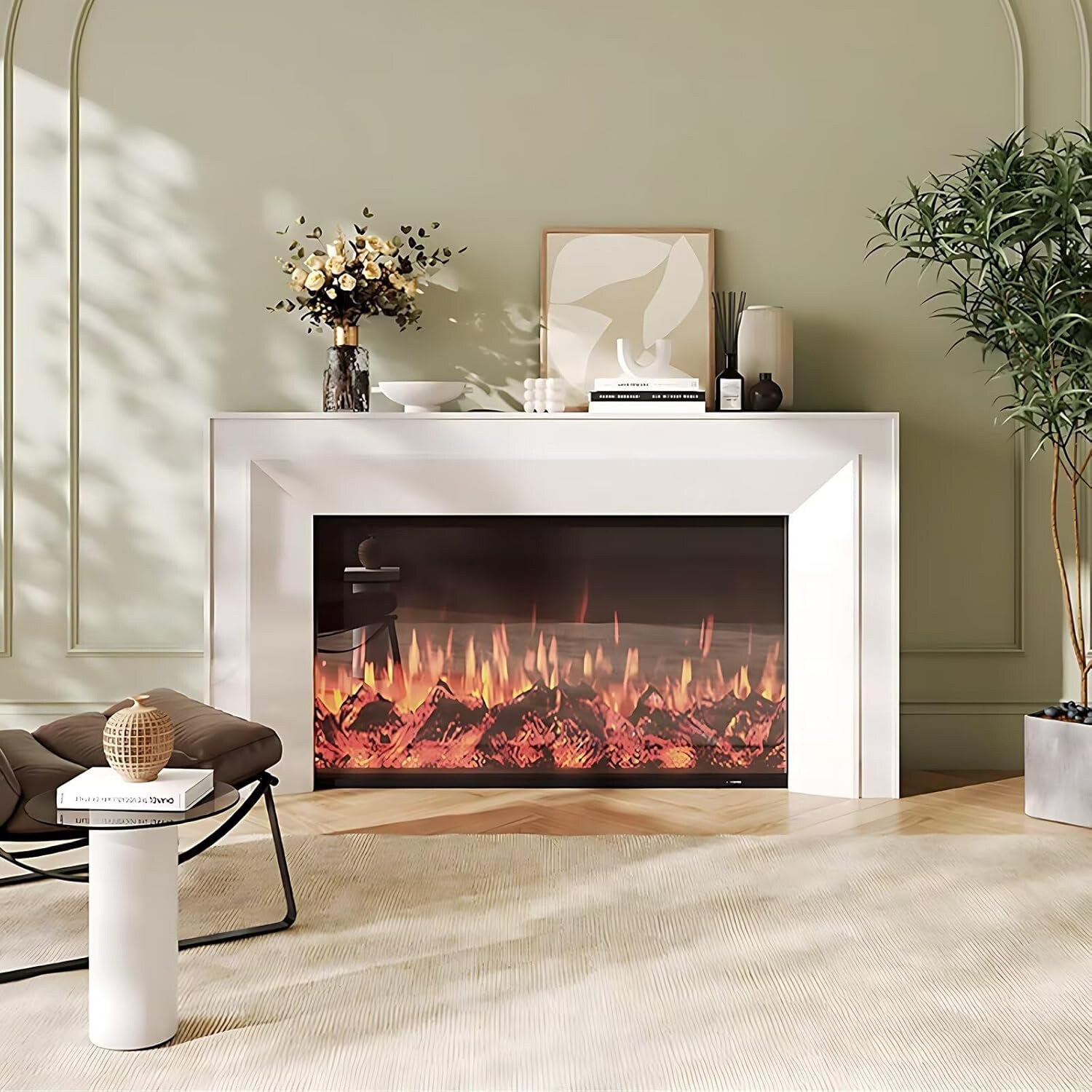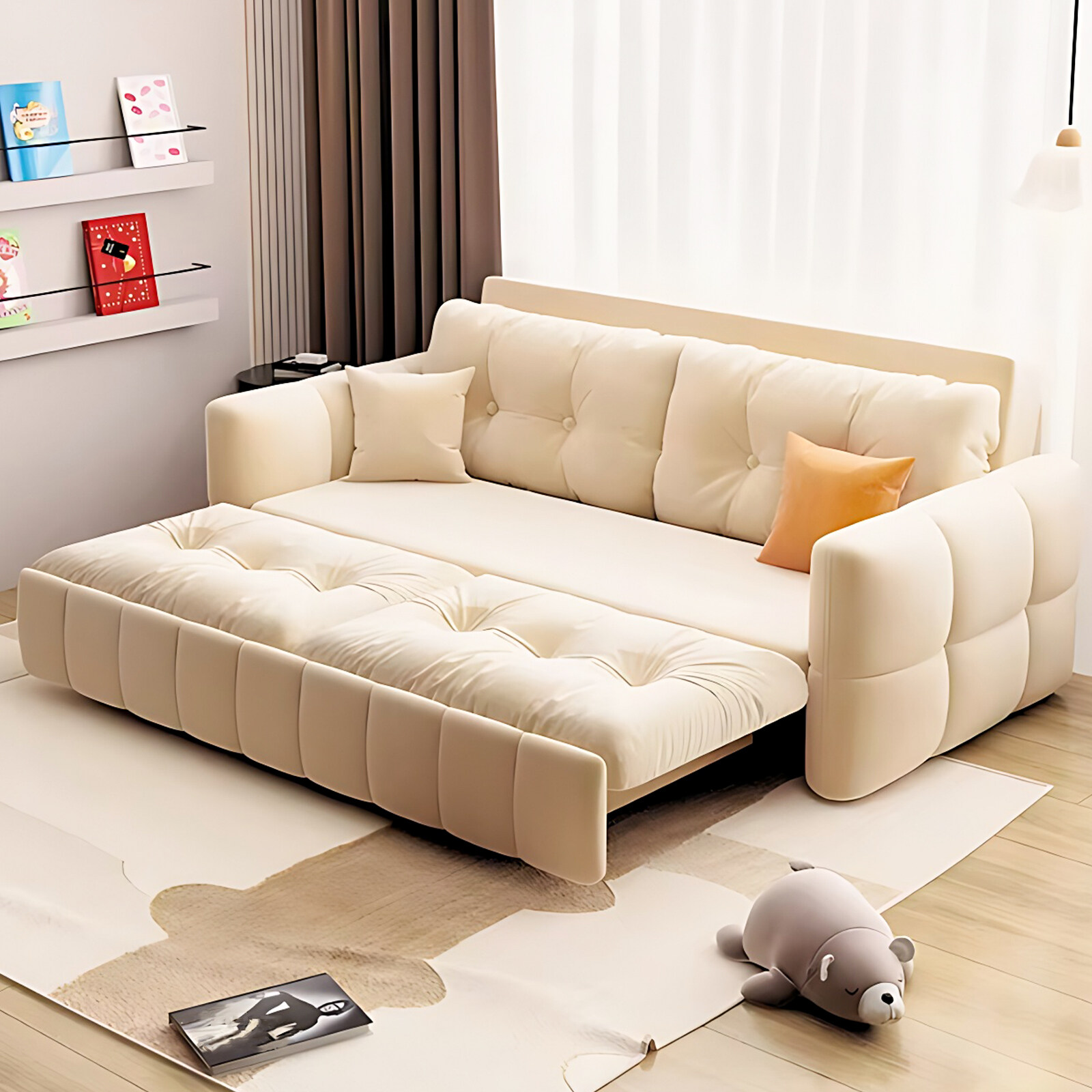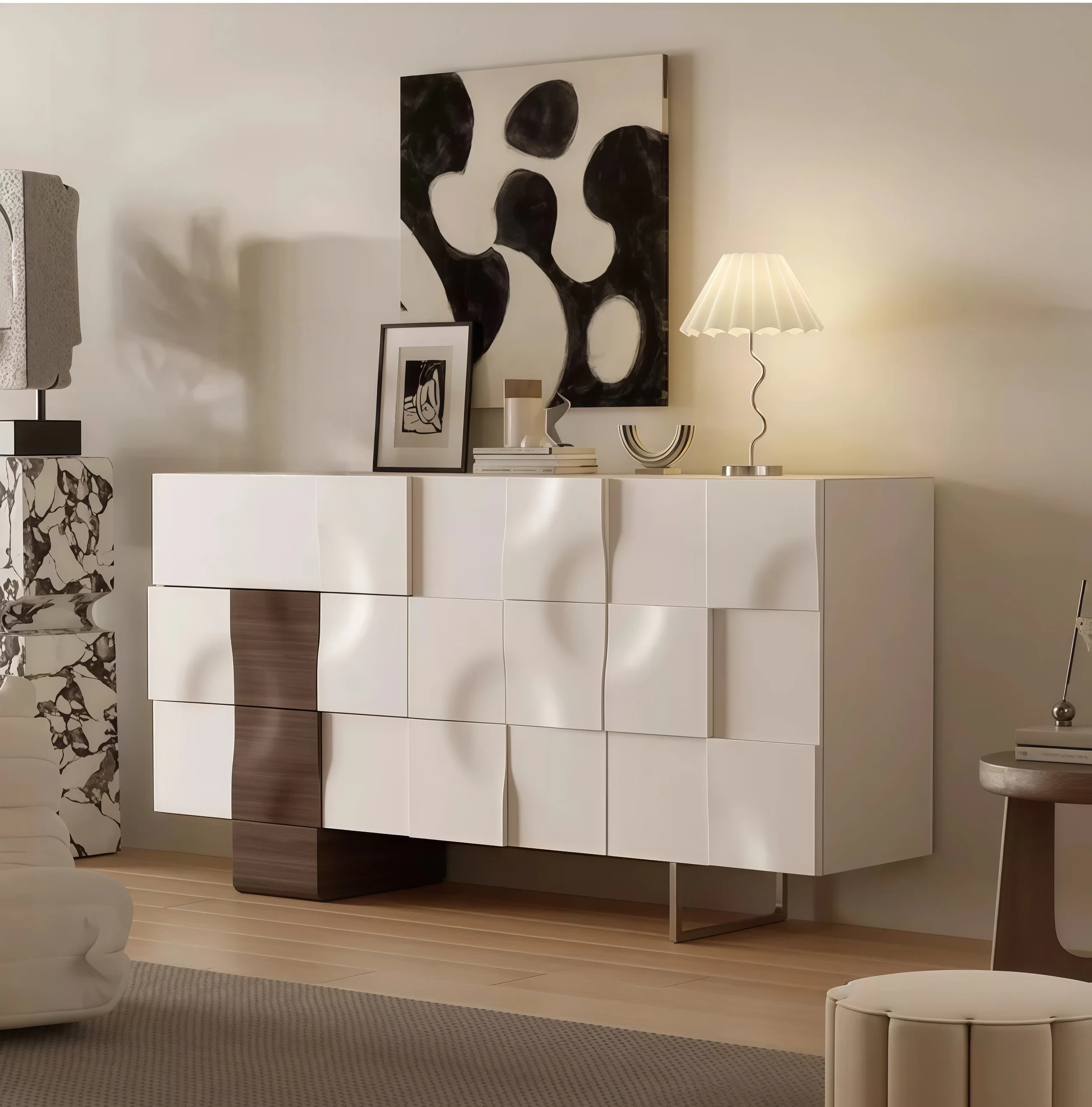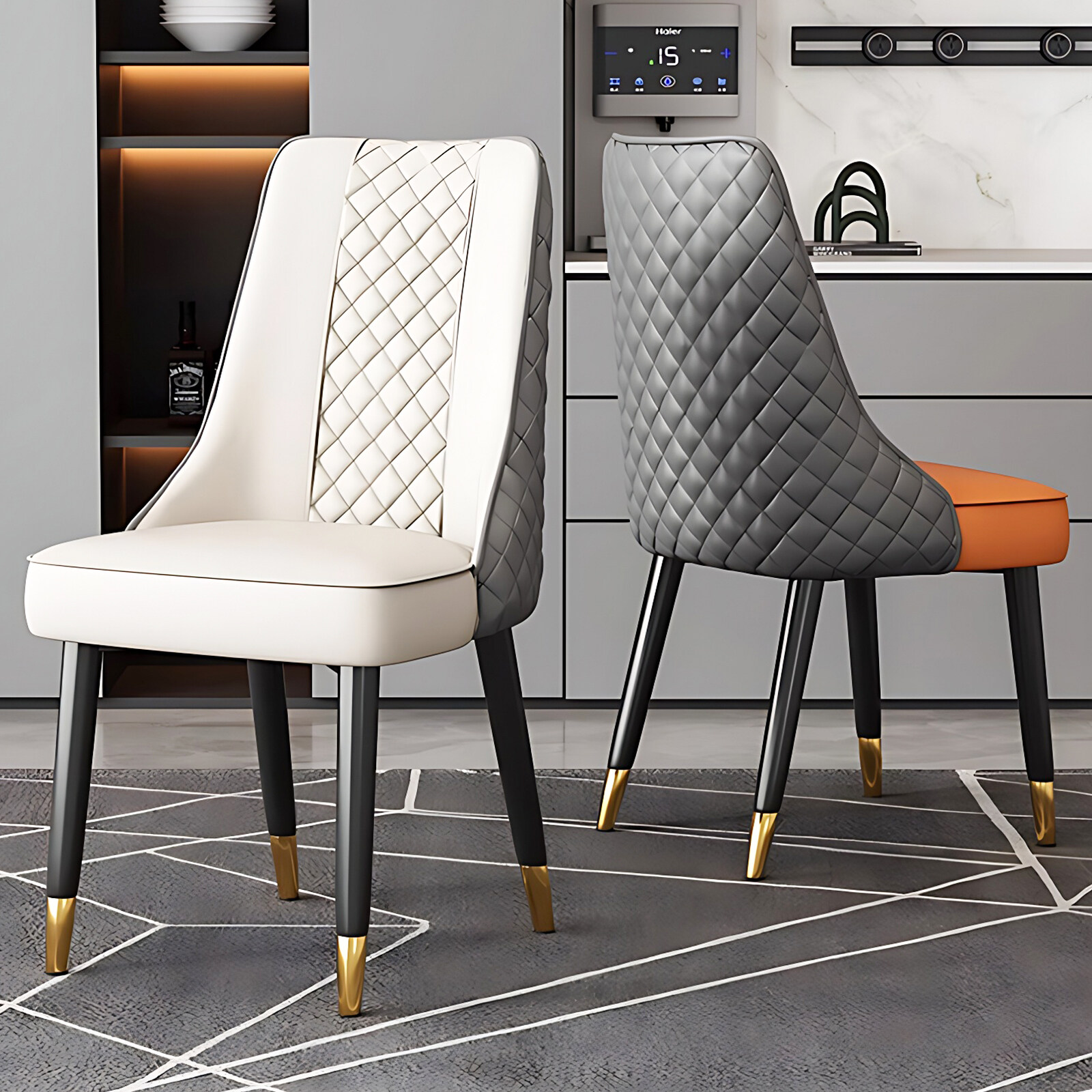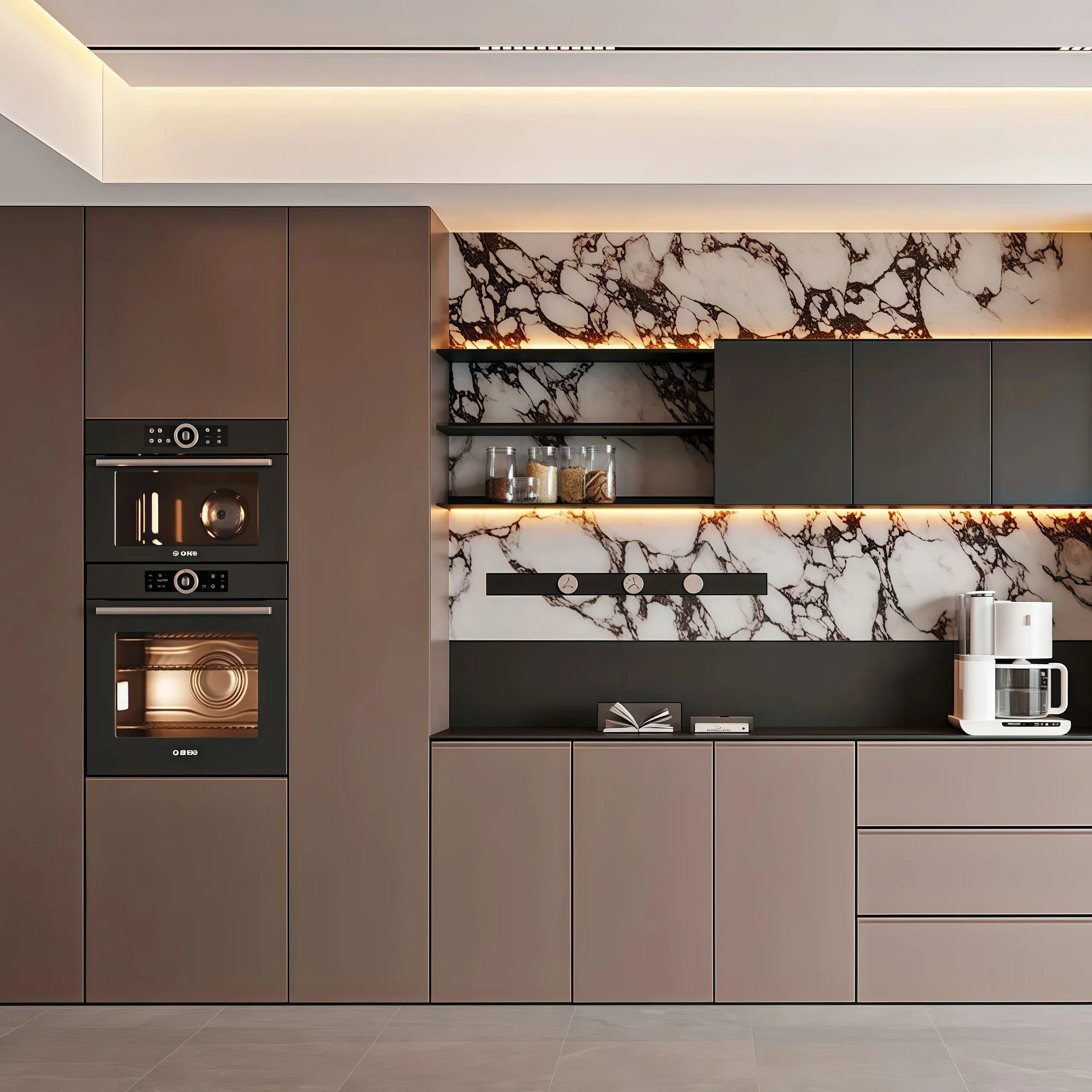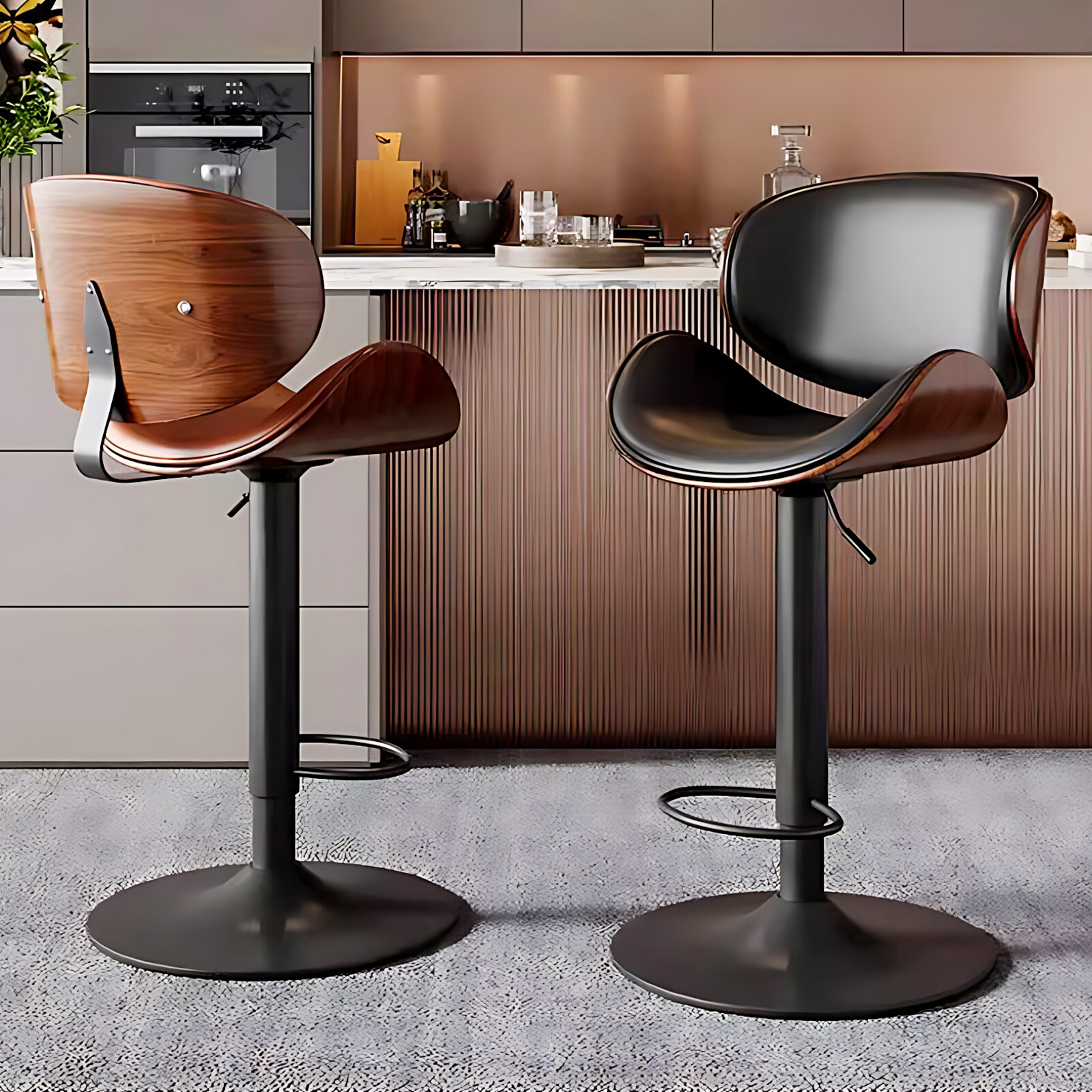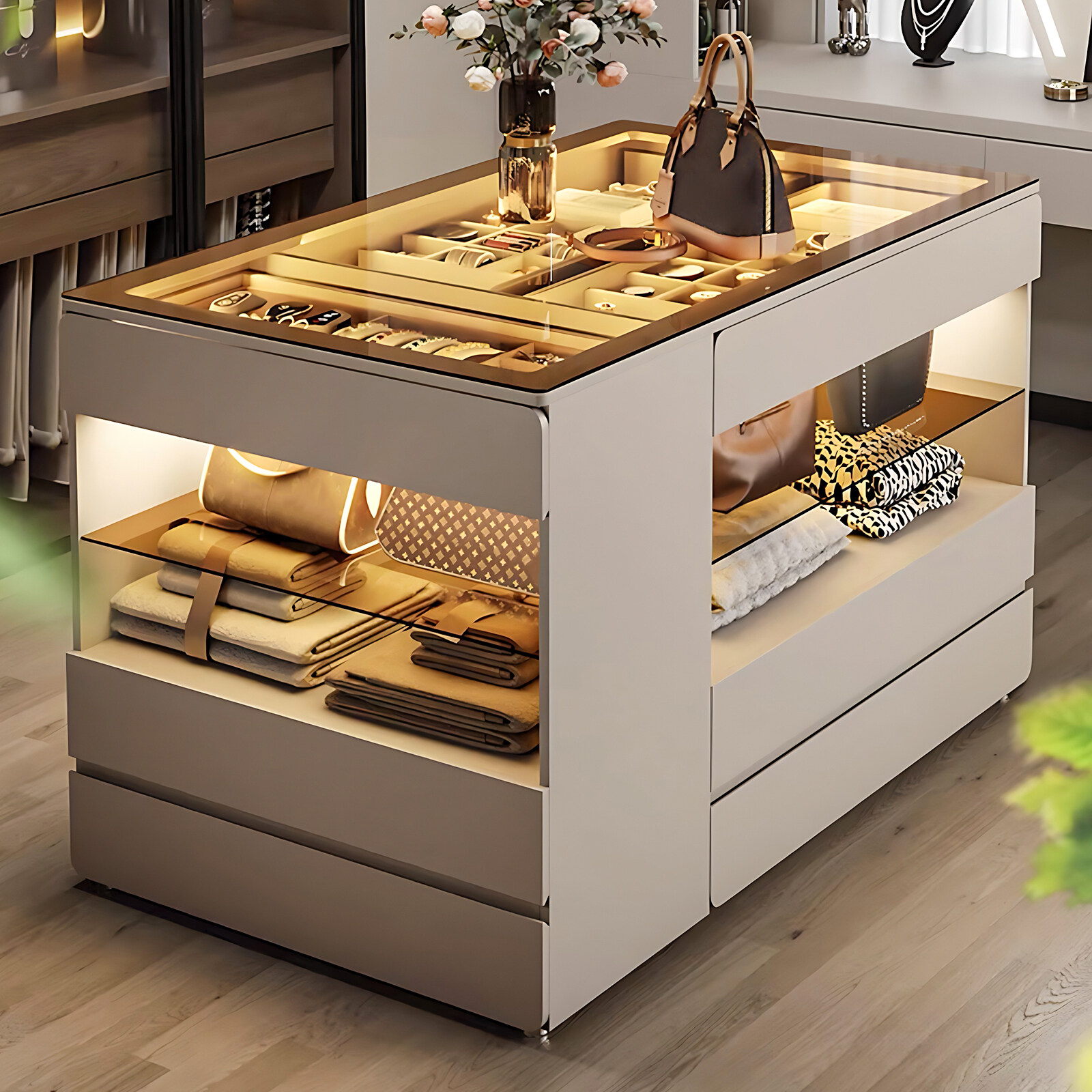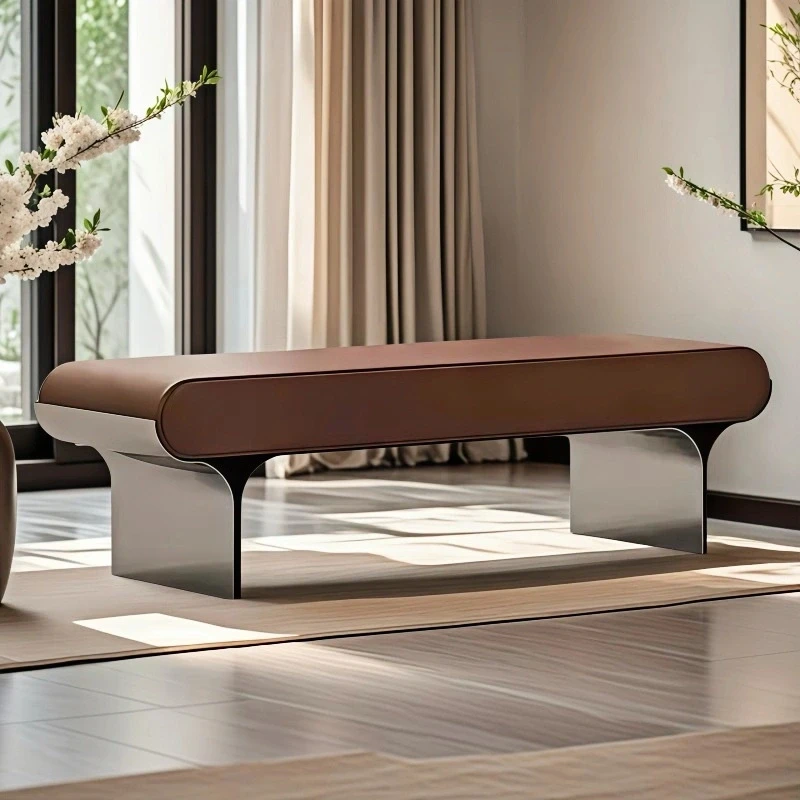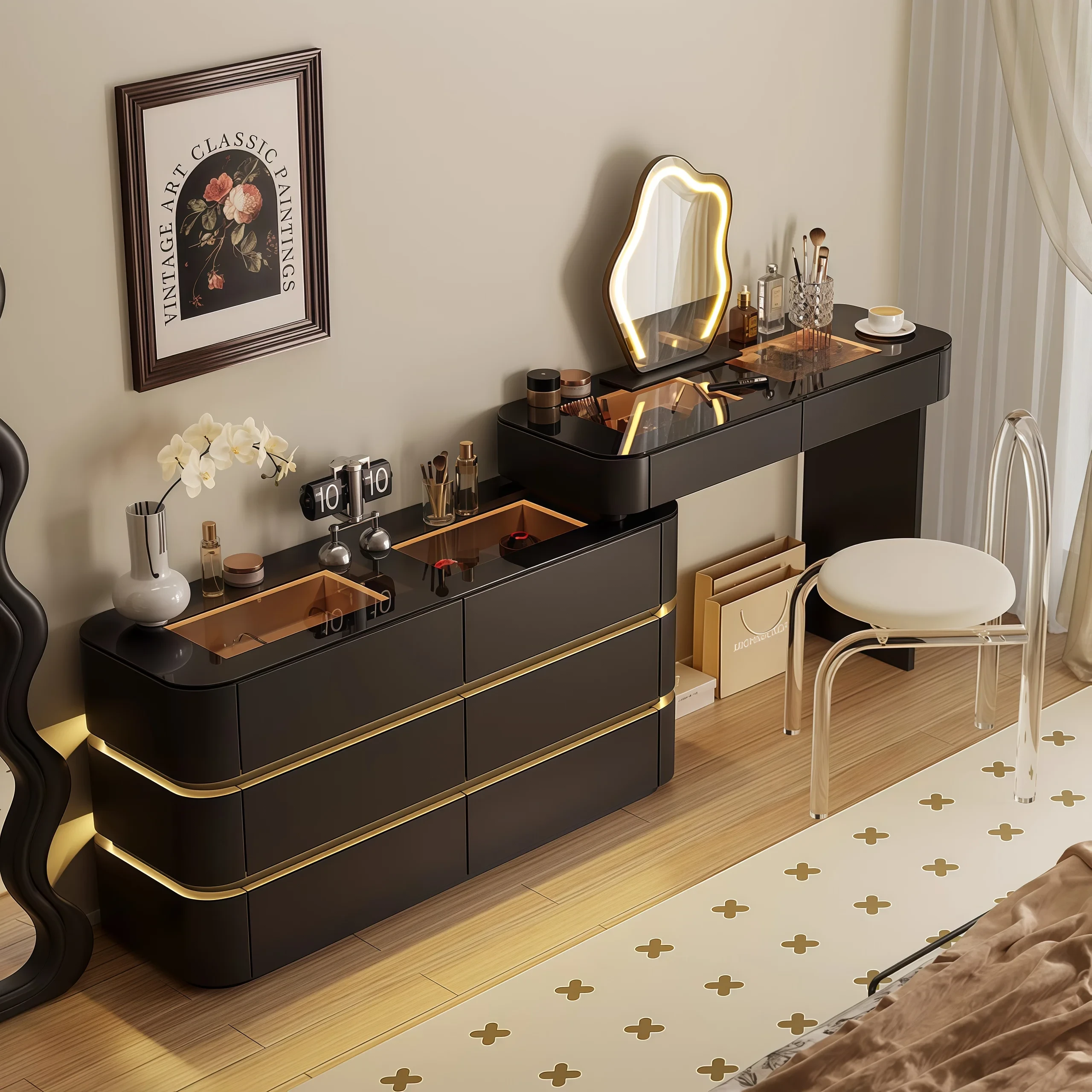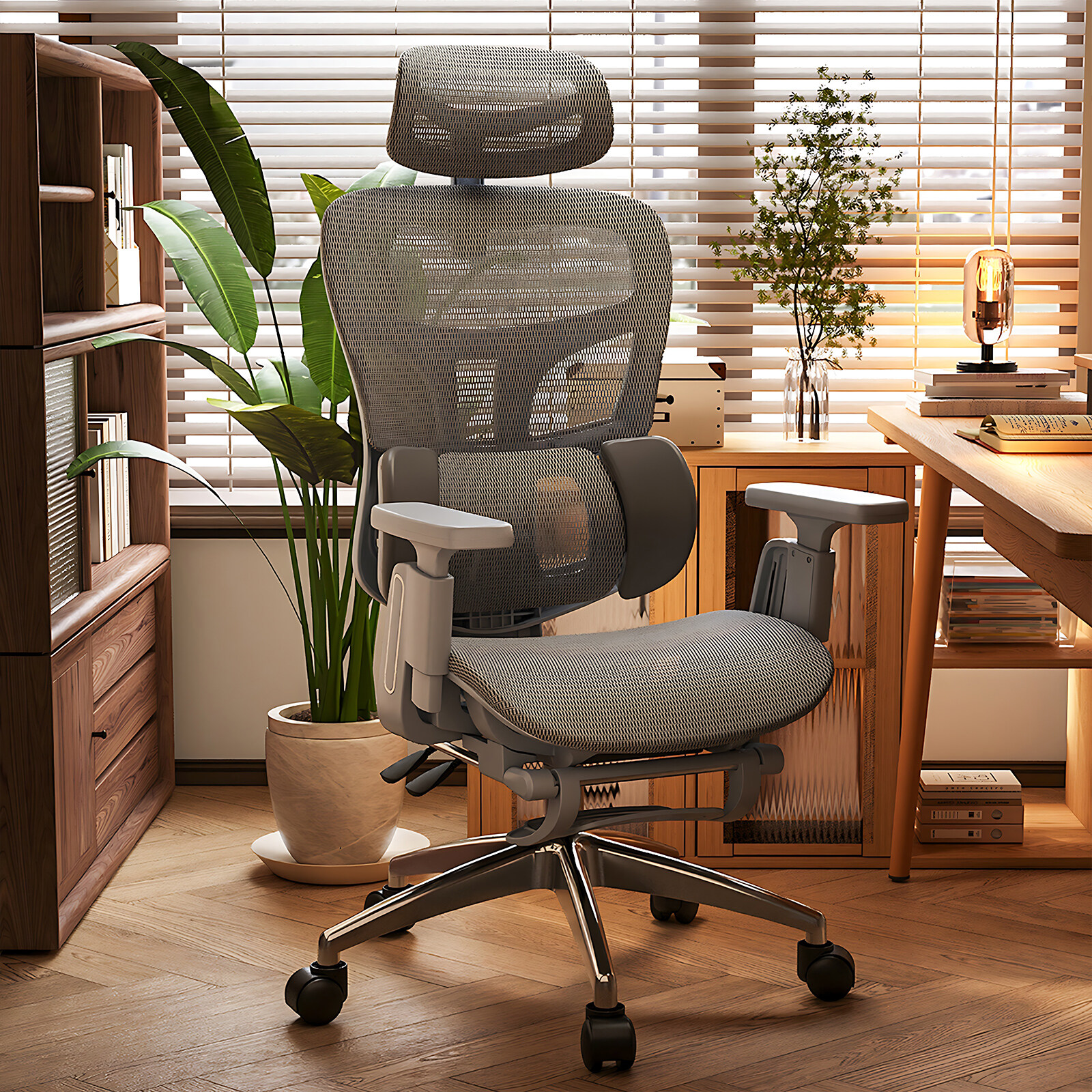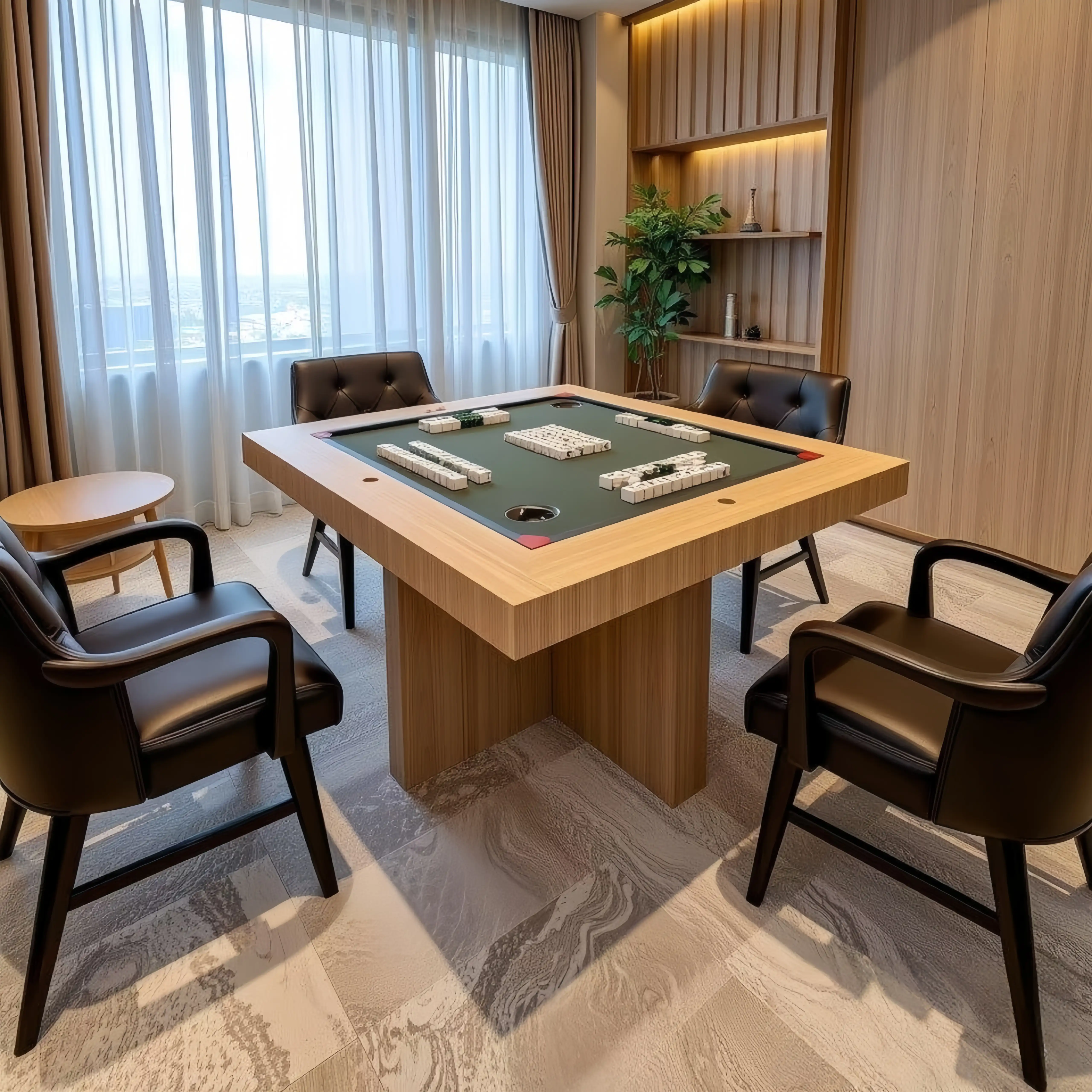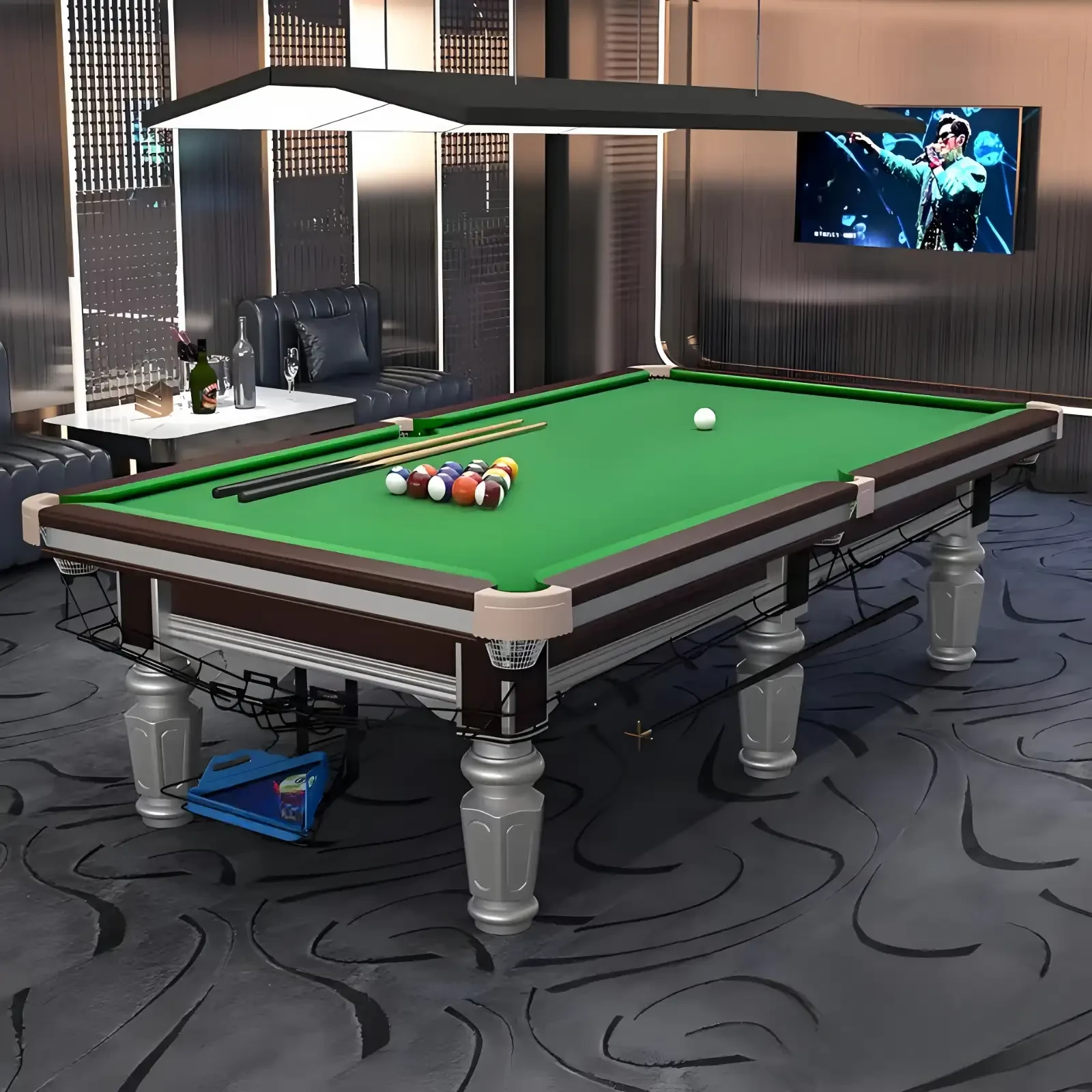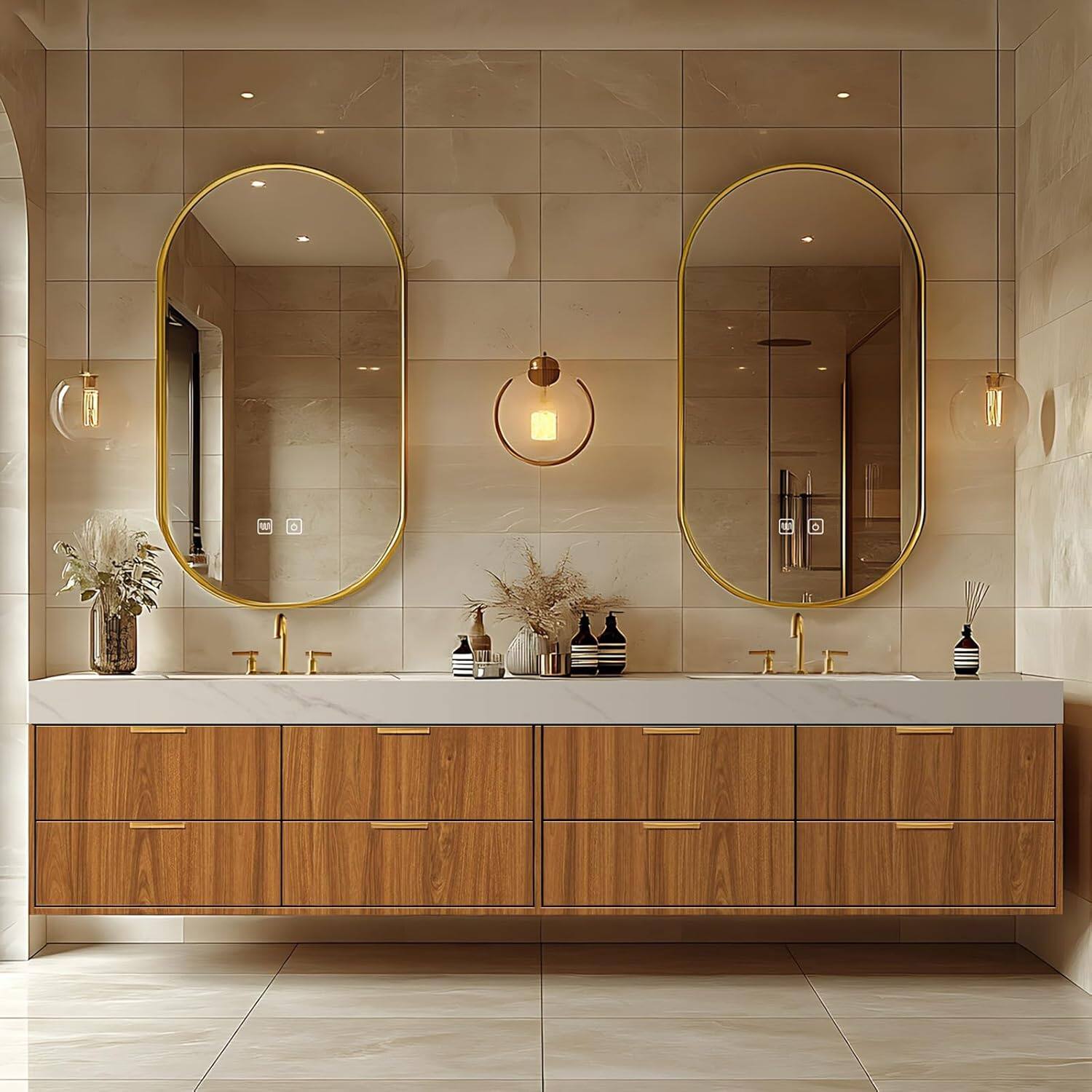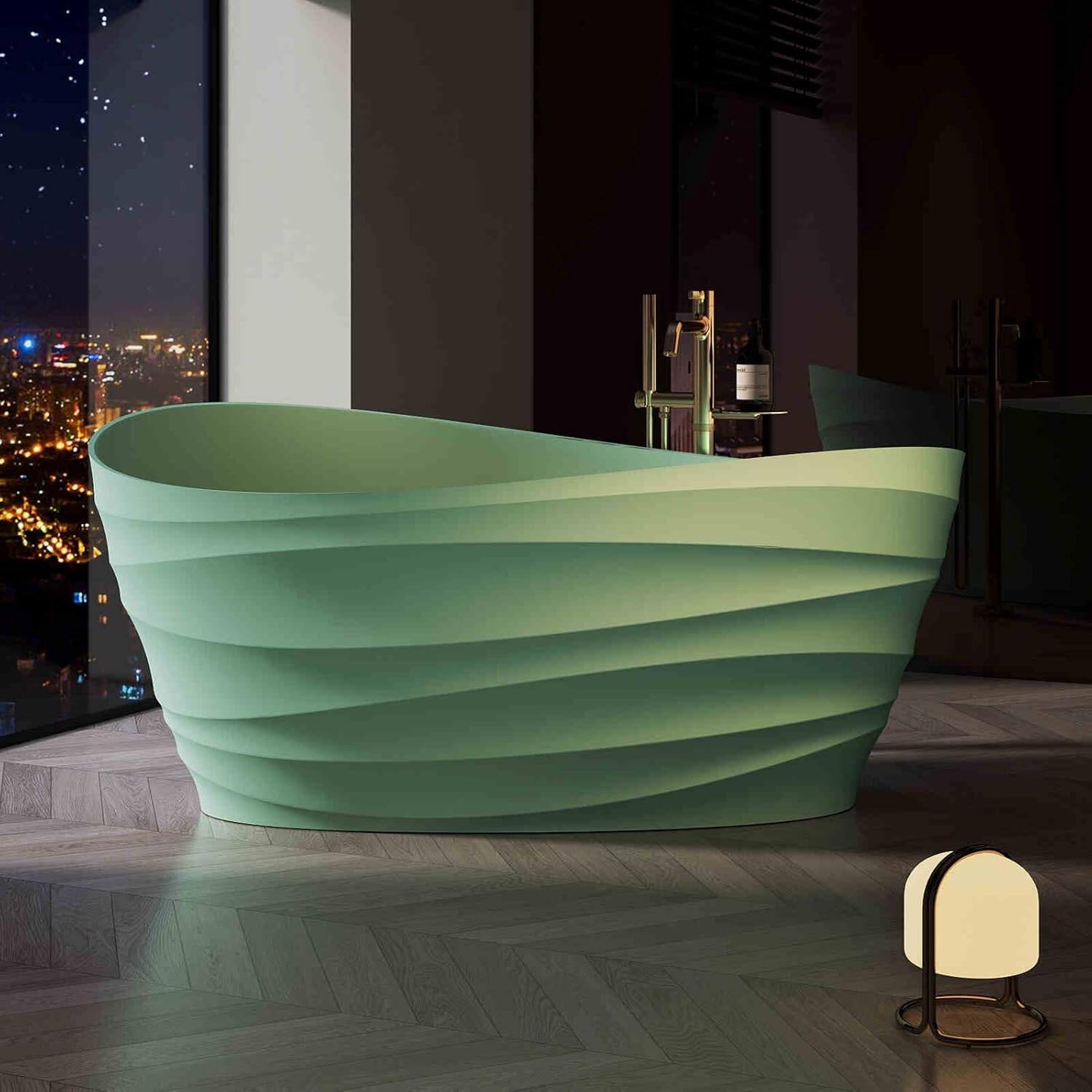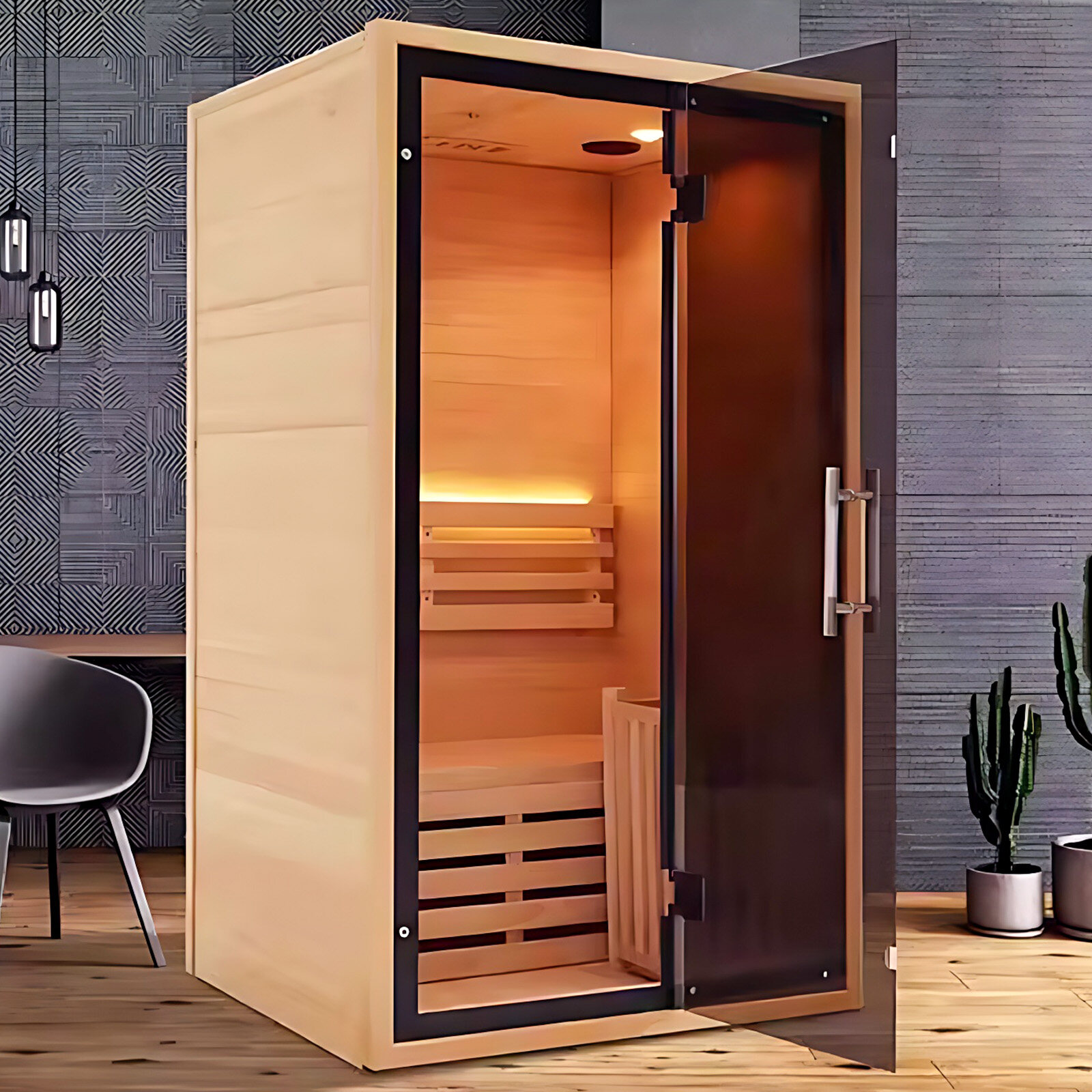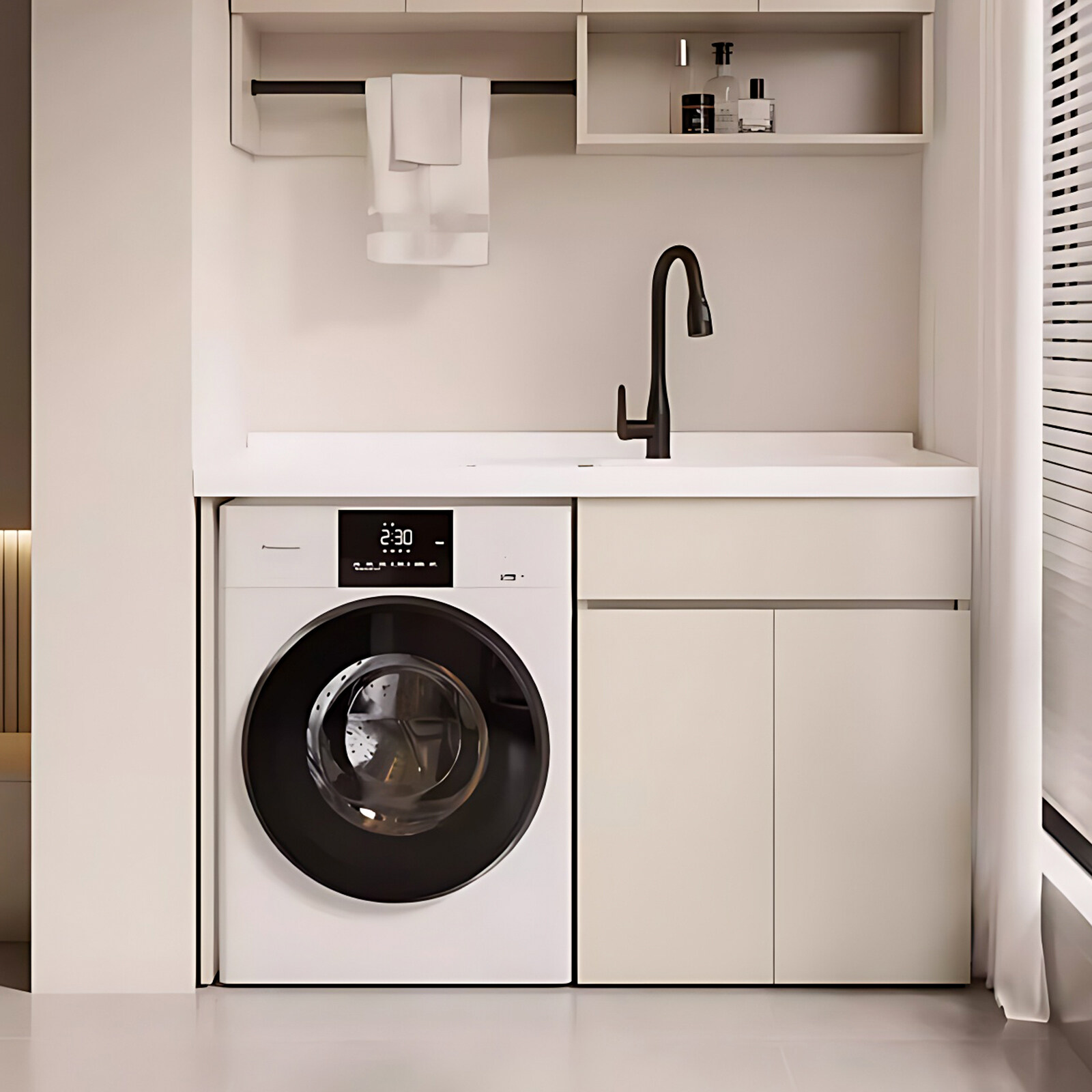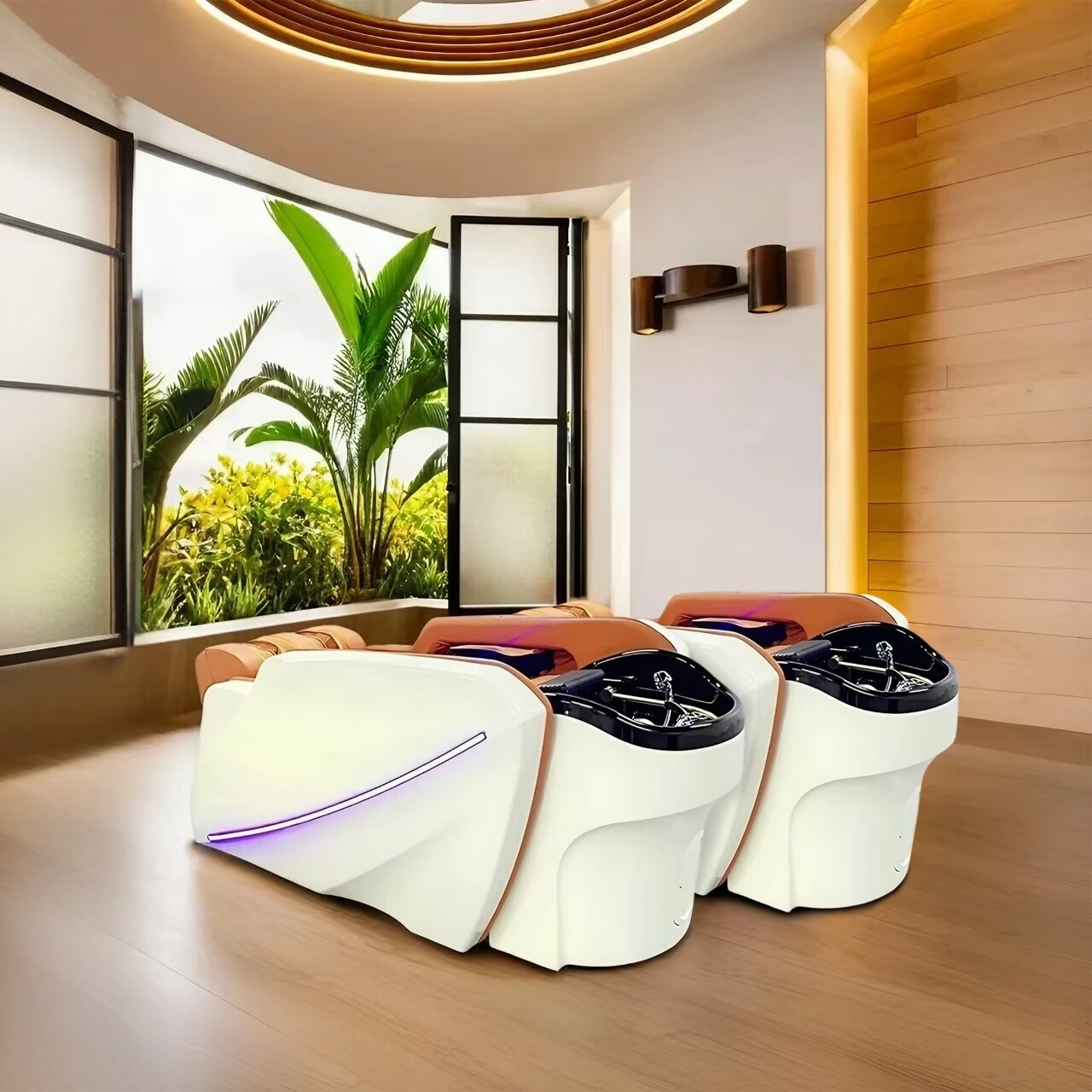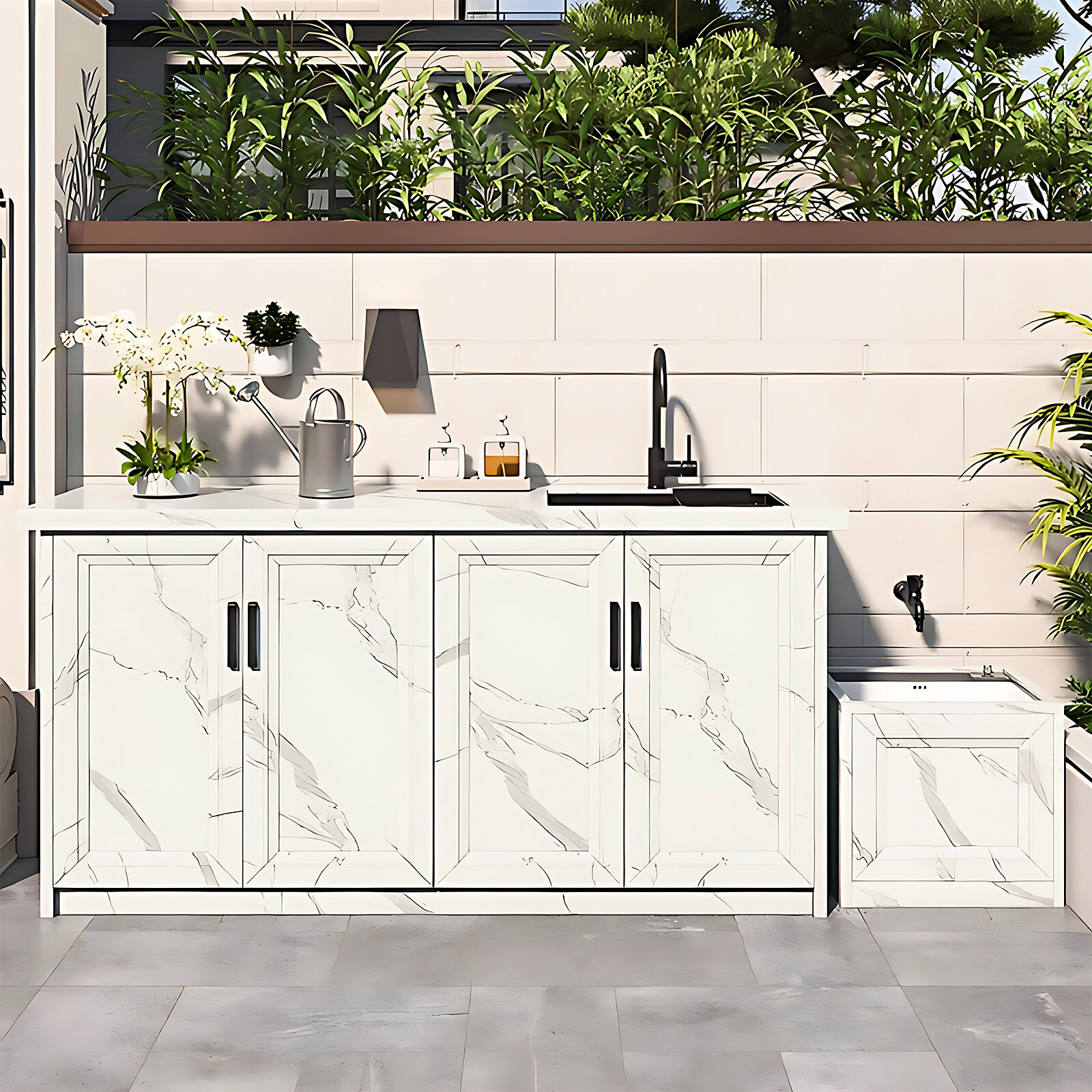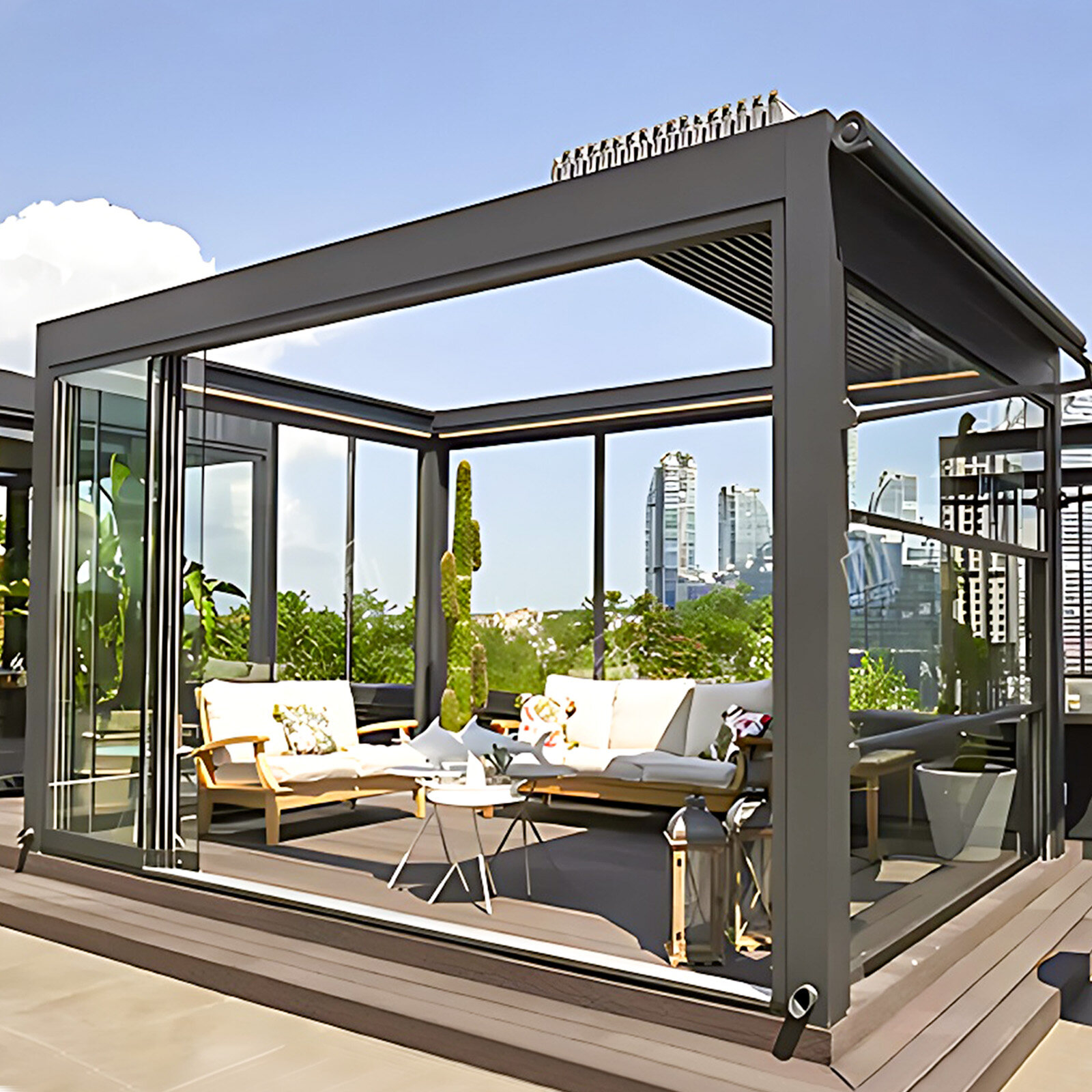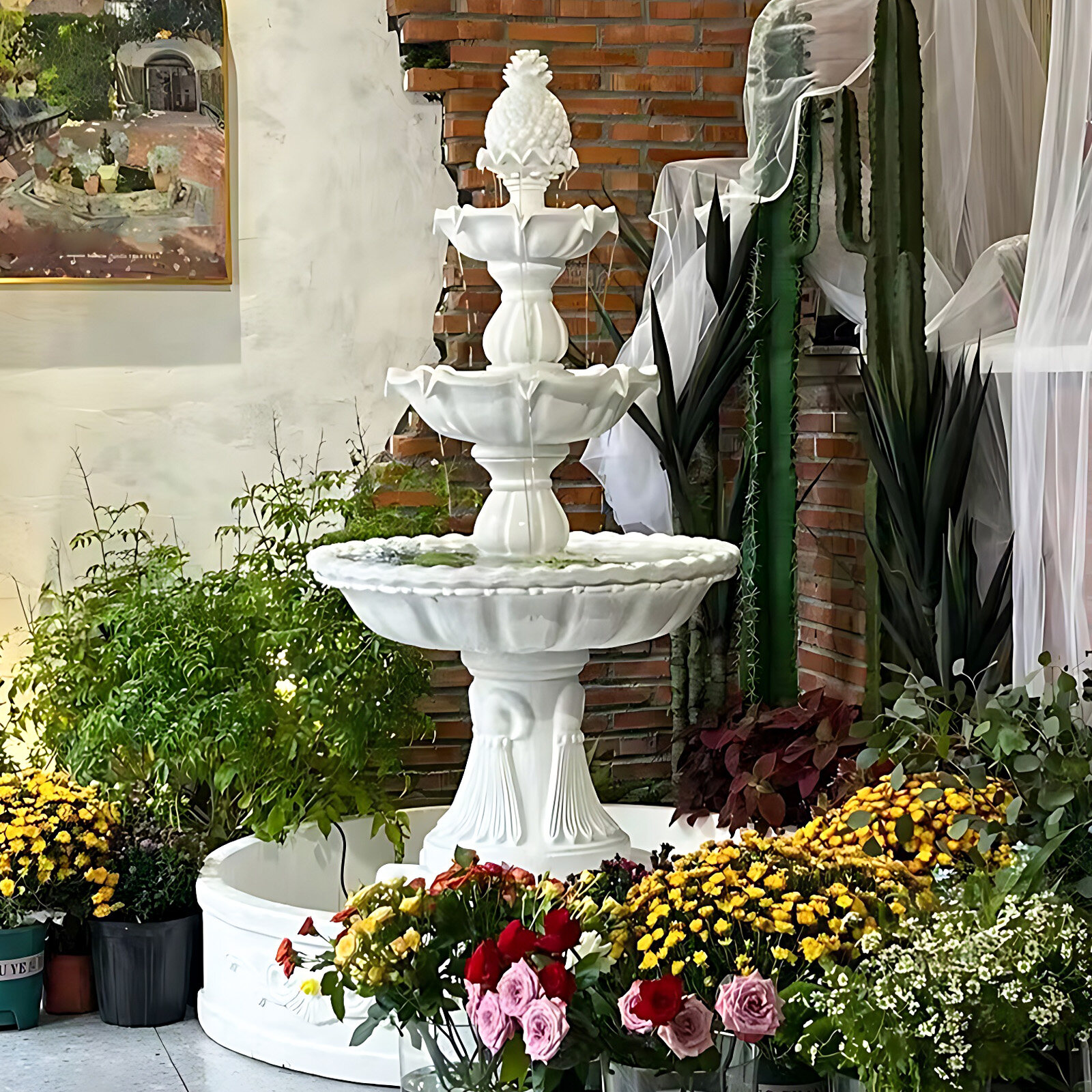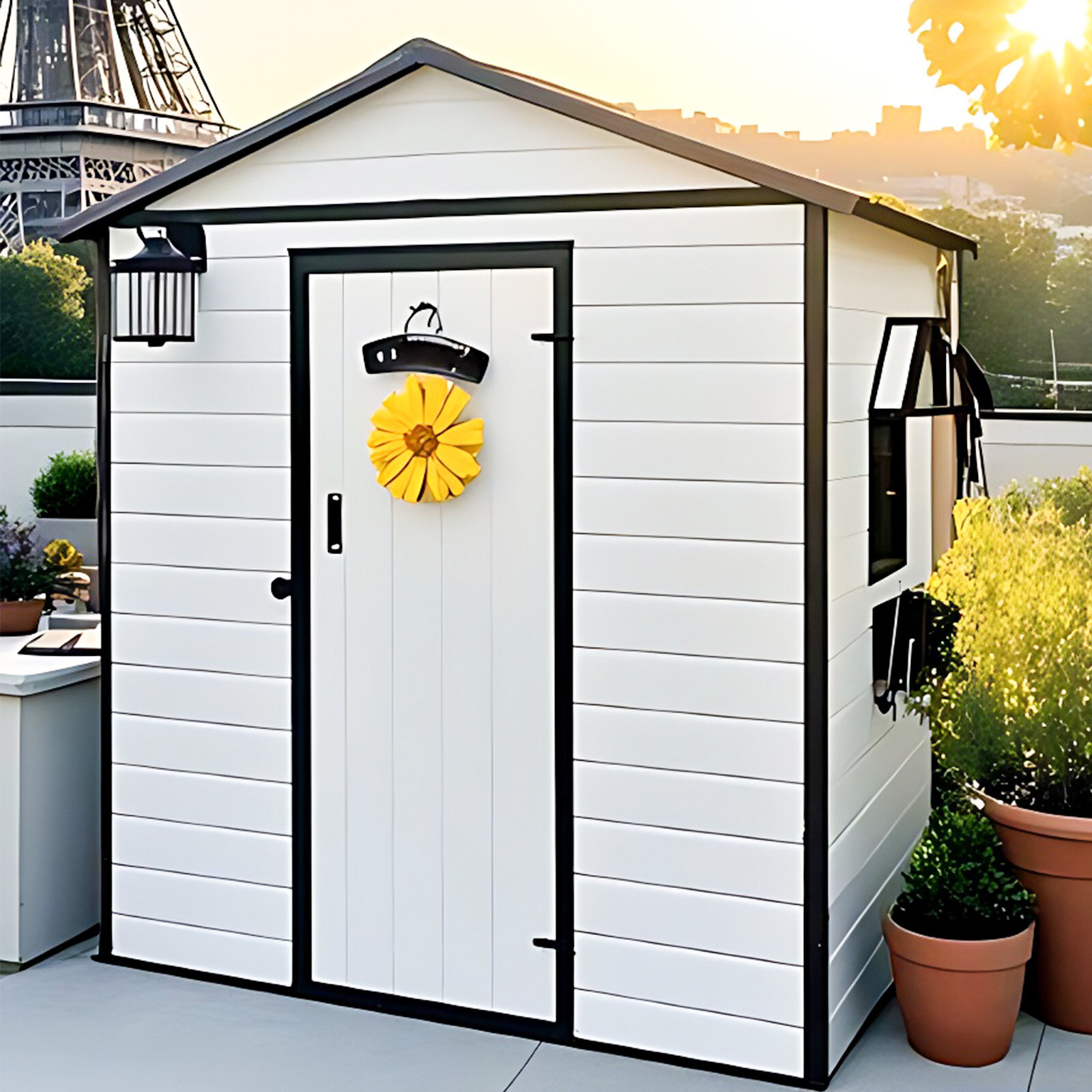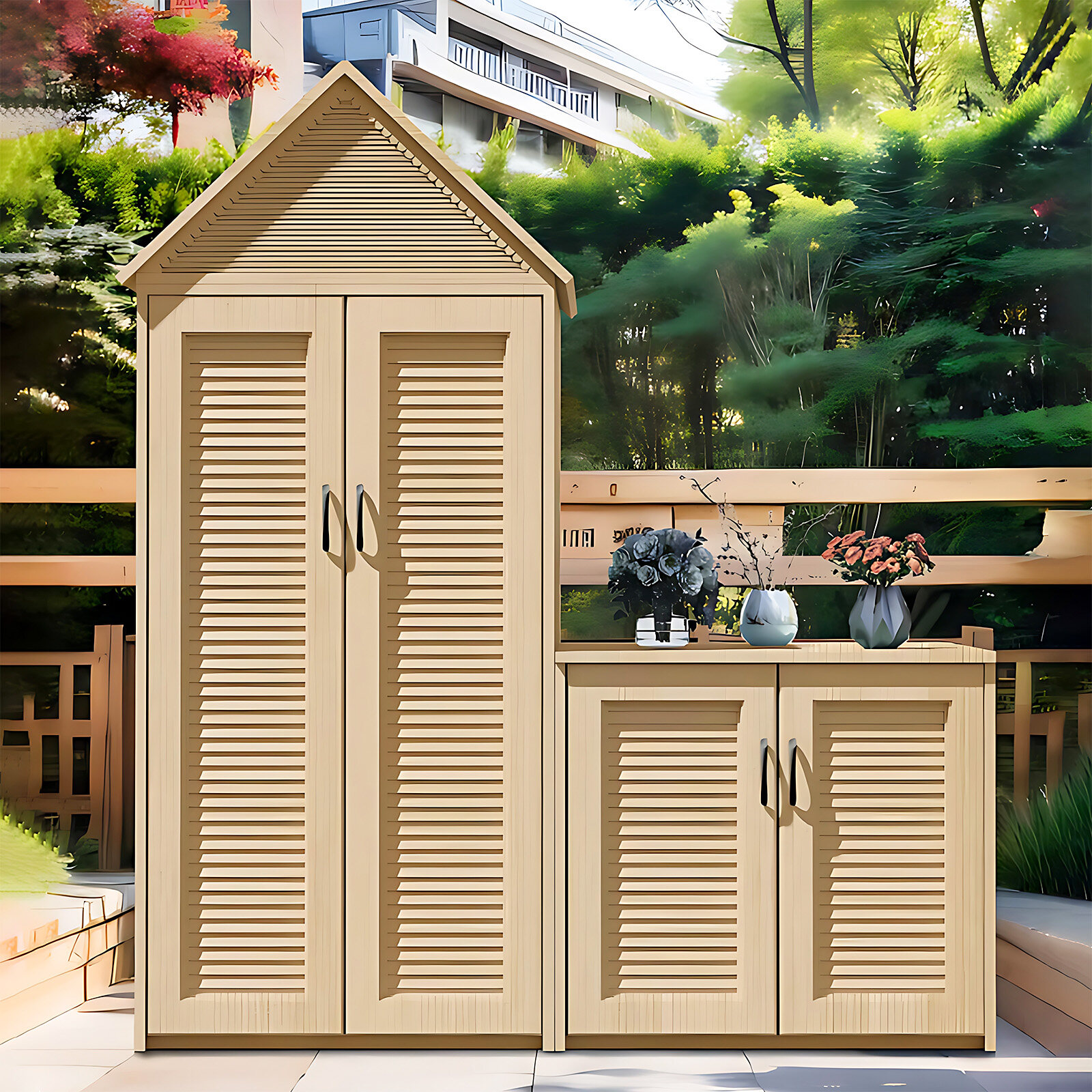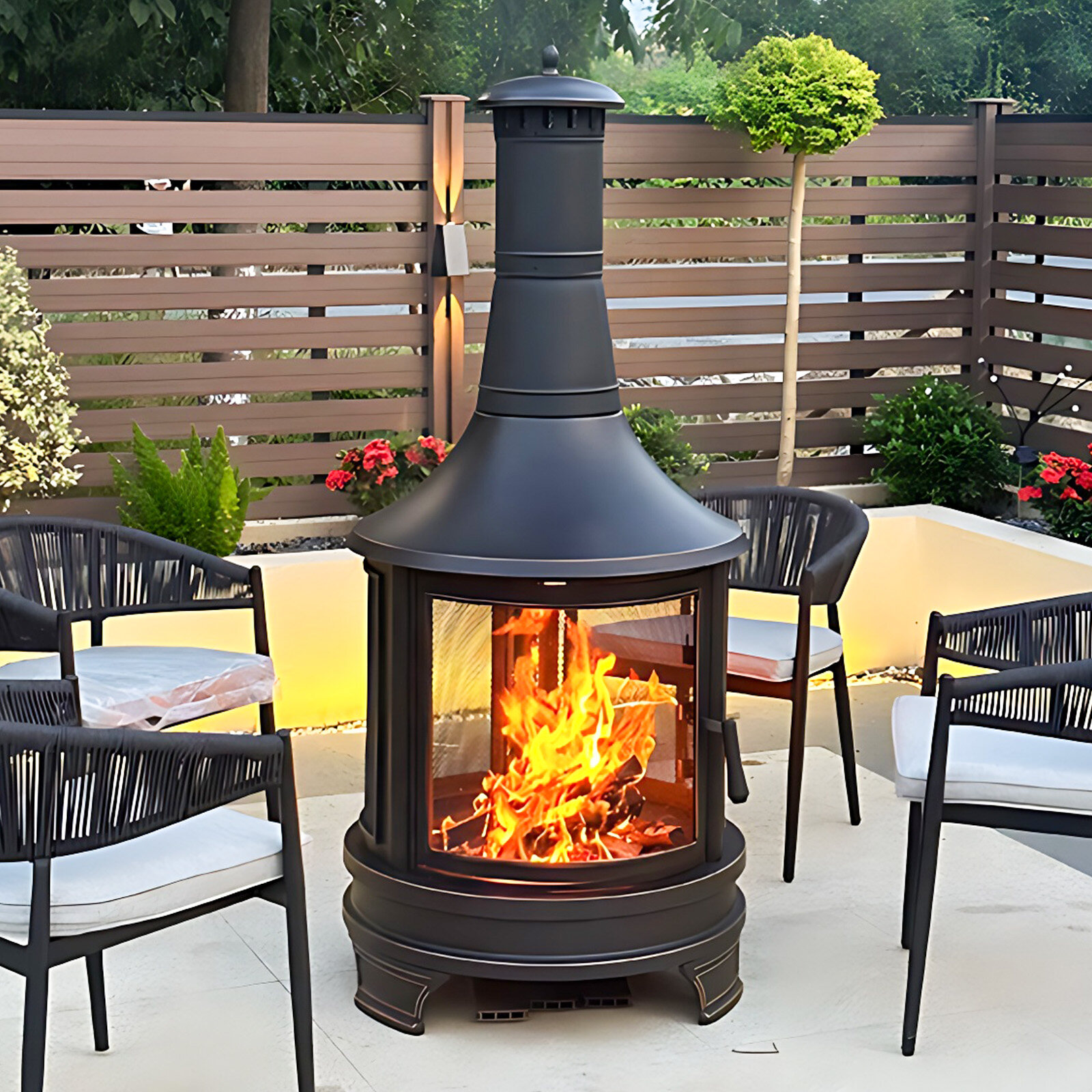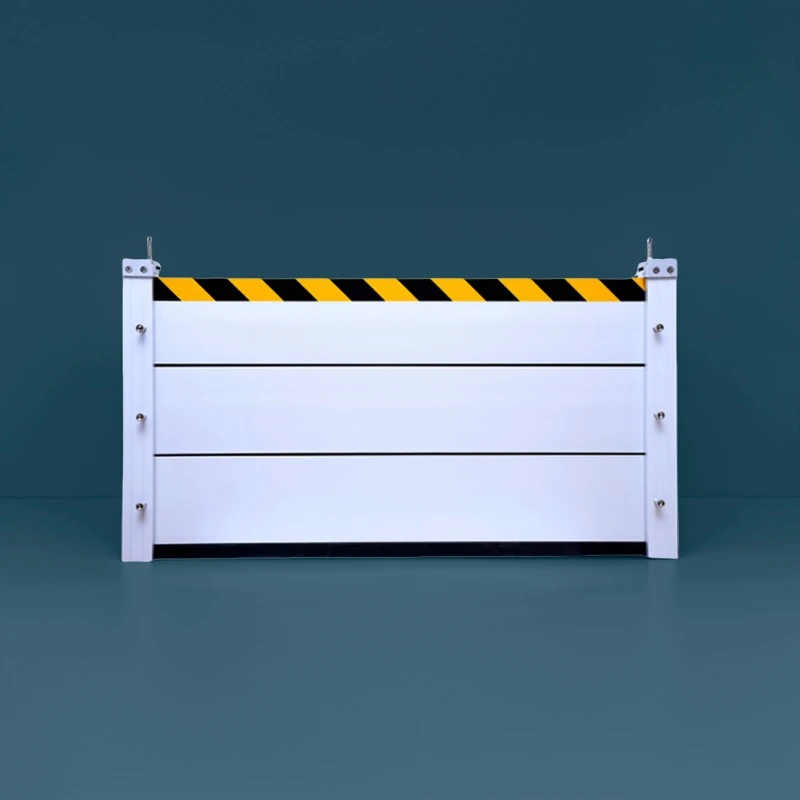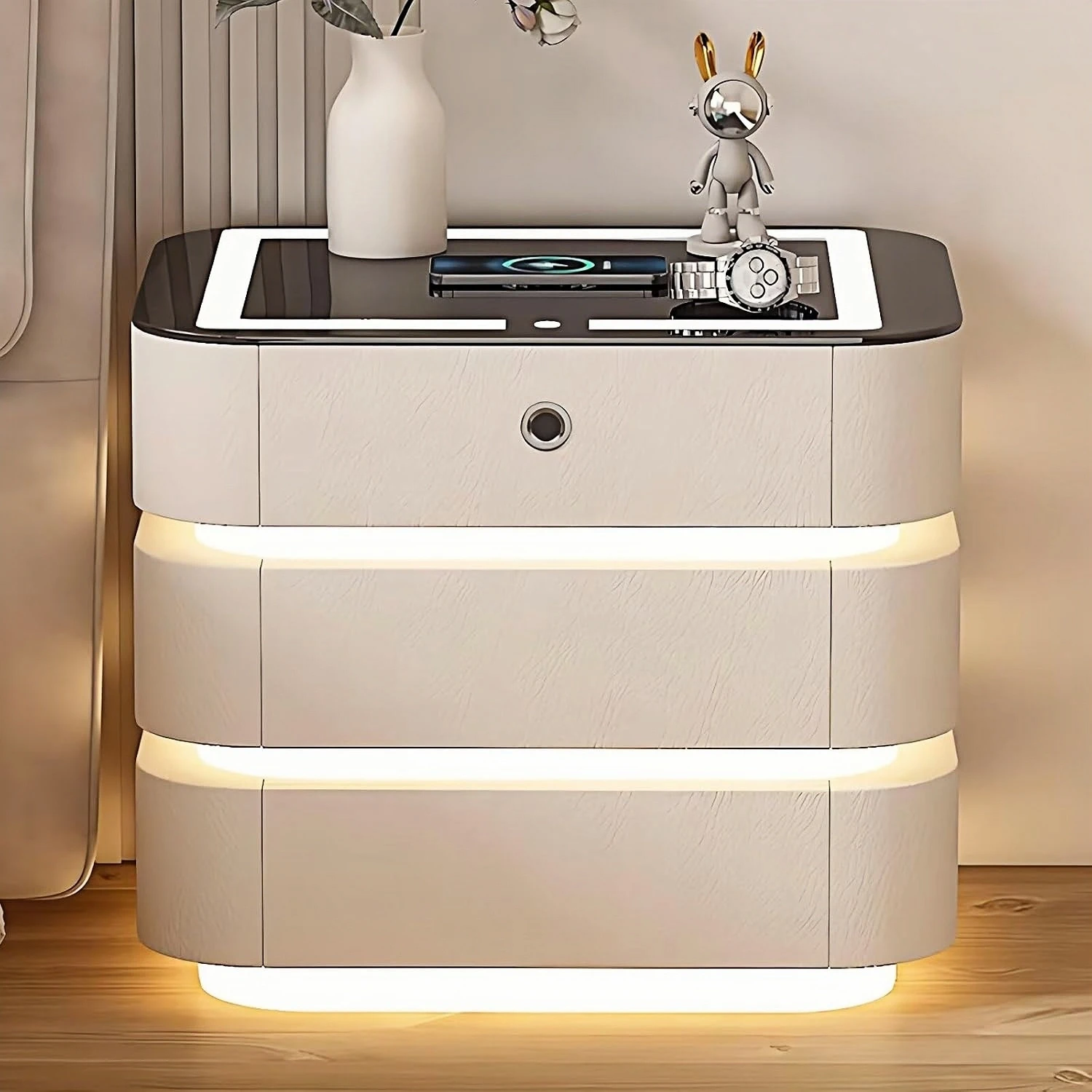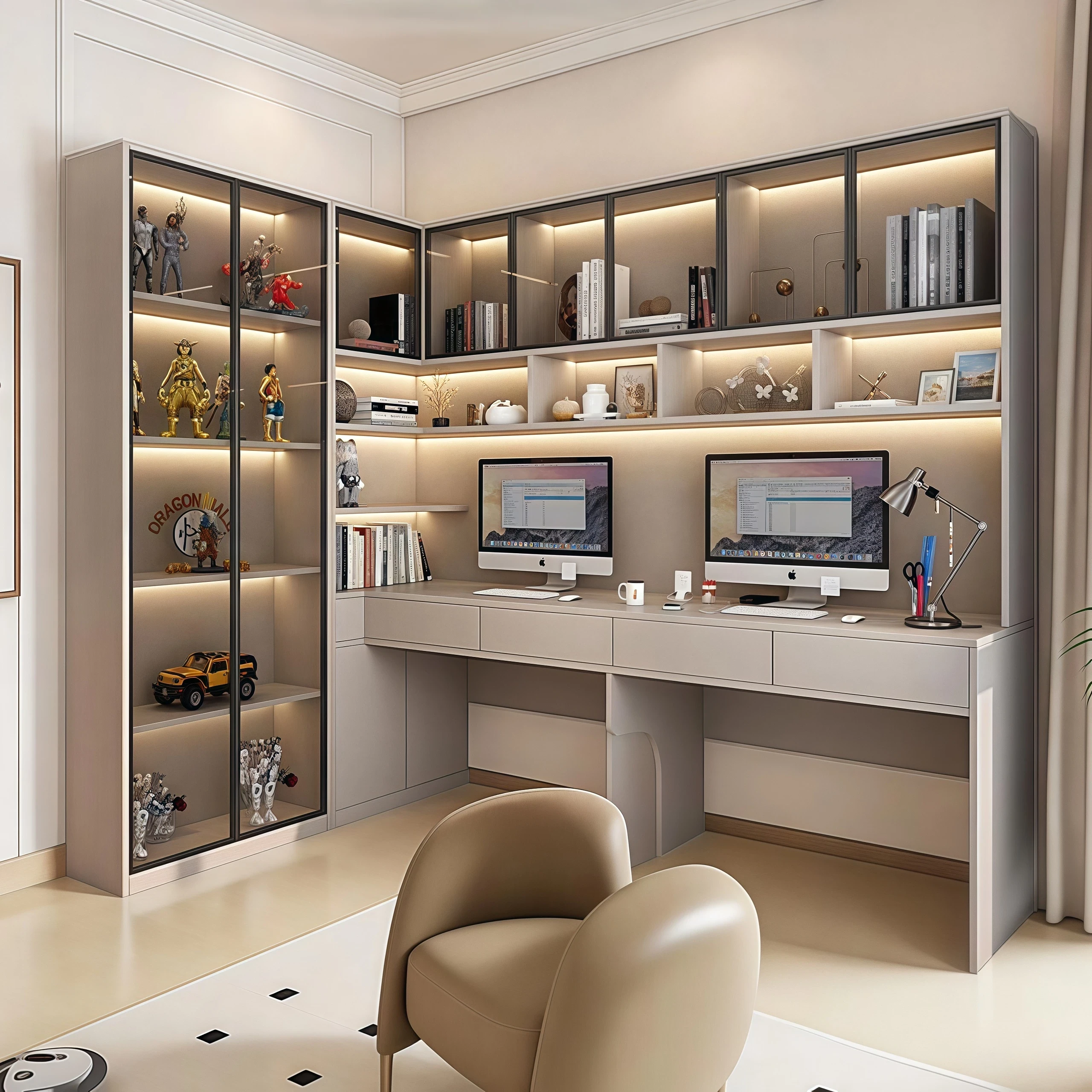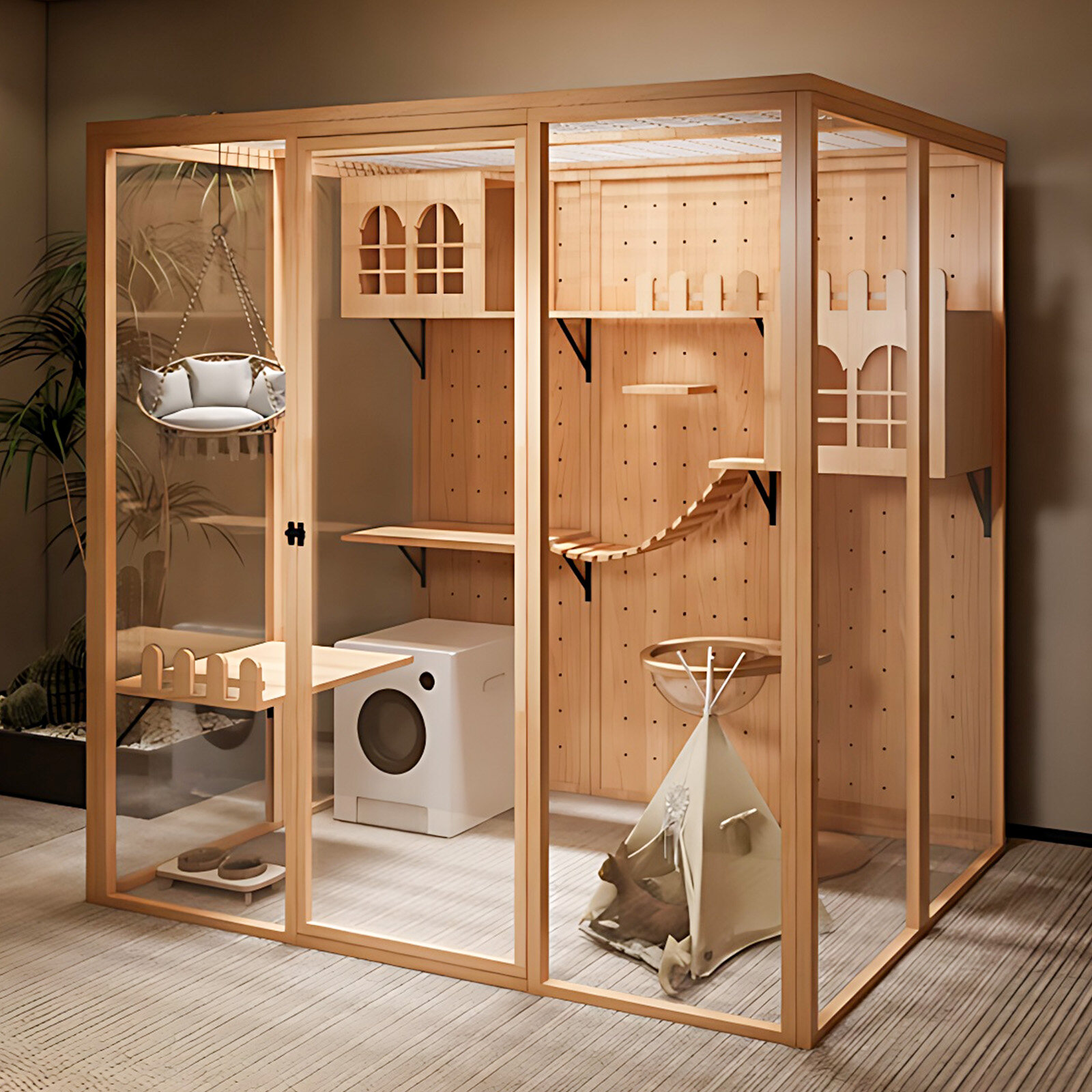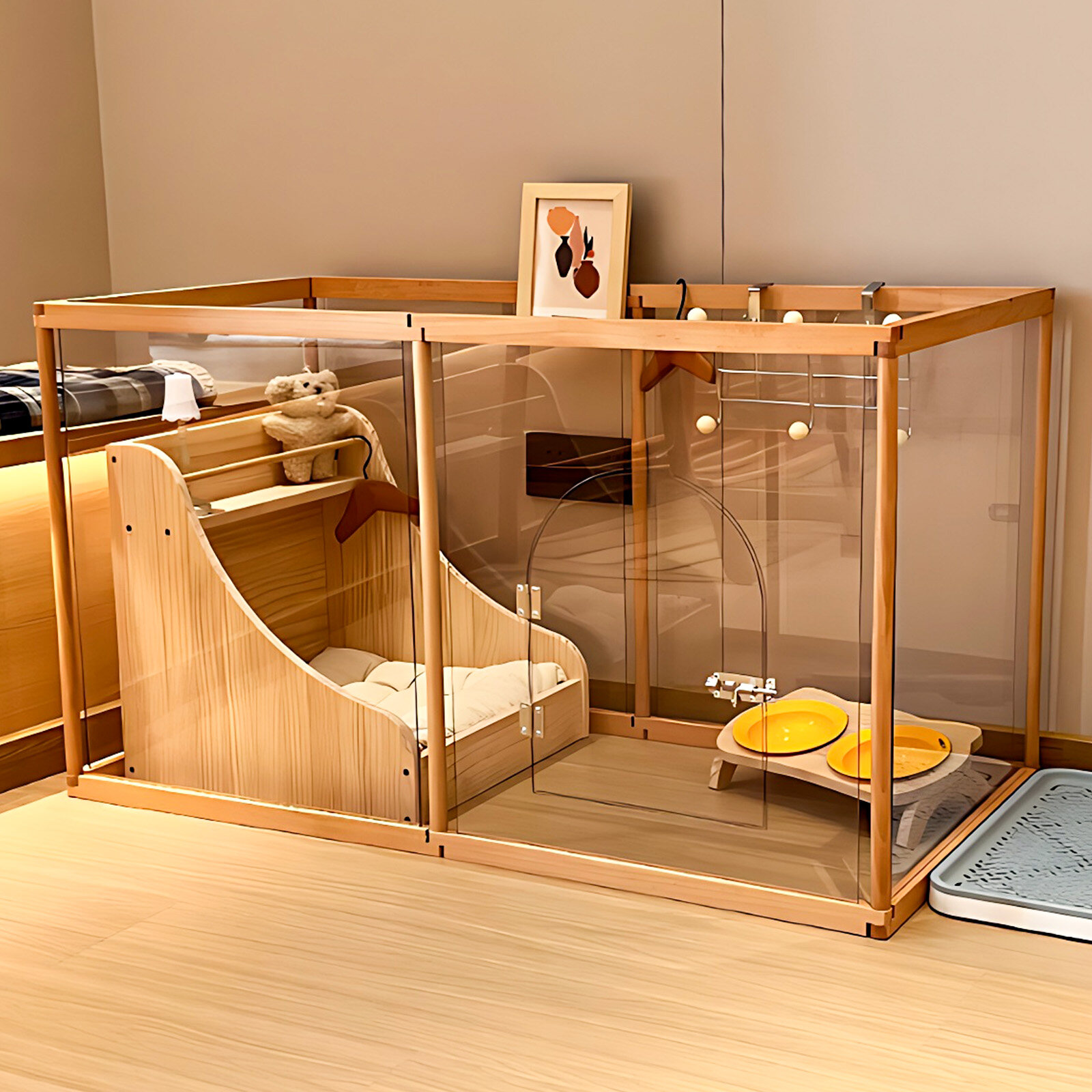how to install a bathtub? Placement—Make sure you choose the best spot for your tub, considering plumbing, flooring, and room dimensions. Plumbing—Understand how all the pipes fit together, so you don’t end up with leaks or other problems later on. Sealing—Use the right techniques and materials so that water stays inside the tub—especially when it’s being used—and doesn’t seep behind it. Securing—Follow methods that keep the tub from moving around, even when the water is sloshing inside.
Measure Twice, Confirm Clearances
Exacting the alcove and freestanding zone dimensions, the waste and overflow assembly height, the supply line distance, and the surrounding walls, doors, and fixtures positioning ensures that last-minute surprises don't pop up during the installation process. Wet or dry adhesives aside, a bathtub is difficult to move once it's been placed.
It's also a unit where minor misalignments can create major installation headaches. We therefore recommend that you dry-fit the unit before actual installation, ensuring that every edge, corner, and platform complies with the plans to your satisfaction.
Shut Off Water and Prepare the Space
Shut off the water at the right isolation point, relieve any remaining pressure in the lines, take out the old fixtures and finishes while being careful not to damage any framing or plumbing, and then clean the substrate so that the new unit will have a solid, predictable fit and finish. In this same moment, you also plot the path of least resistance for all the pathways that need to connect to the new unit, because that fits the definition of a well-prepared cavity.
Set and Level the Base
No matter if your tub has integrated support or relies on a prepared, load-sharing bed, you must prioritize level in every direction because even the smallest deviation can affect drainage, put undue stress on seams, and make the tub not-so-comfortable to soak in. Check it, adjust it, and recheck it until you are satisfied. This is how to install a bathtub with the kind of accuracy that pays dividends for years.
Secure the Tub to the Framing
After you have established that the level is correct, secure the flange or other preplanned attachment points to the studs or structure according to the manufacturer's specifications. Tighten just enough so that there is no movement, but not so much that you are distorting the package or creating any stress points.
Bear in mind that a rigid, squeak-free affixation means more than just good feelings; it is crucial to protecting the package's seals, joints, and finishes from micro-movement.
Connect the Drain and Overflow
Position the waste shoe, gasket interfaces, and overflow assembly so that all connections are snug, properly compressed, and oriented for unobstructed flow, because any misalignment or under-tightening of these joins is a prime cause of post-installation call-backs. It's also the only time you can test for seepage at connection points without tearing back into an already-assembled enclosure.
Seal Every Transition Meticulously
Every junction between tub edges, surrounding walls, and flooring must be sealed with a durable, appropriately moisture-resistant compound. This compound should be applied in a continuous, smooth bead, and it should be tooled to ensure full contact and a graceful finish.
The careful management of moisture is a fundamental part of the bathtub installation ritual. If you do not allow water to creep in, then you have mastered the bathtub installation. If you permit water to seep in, then you might as well have not installed the bathtub at all.
Common Mistakes to Avoid
Hurrying through the leveling step, overtightening fasteners that distort the shell, skipping a full watertight test, undersealing perimeter joints, and closing walls before verifying every connection—these are the errors that transform a straightforward project into a slow-drip annoyance. Eliminate them, and you are not only installing a bathtub but also giving a nod to the deeper appreciation of the process that we, as writers of this article, want to instill in you.
Maintenance to Protect Your Investment
After the installation, ensure that a regular schedule of inspecting the seals is performed. Pay attention to the way you clean the tub and ensure that only methods that are kind to its surface are used. If you notice any joints that have parted company or show discoloration (in either direction), attend to them by brushing with a power strong enough to get the job done but gentle enough not to compromise the tub.
It pays to give mindfulness similar attention: Think about the bathtub as a structure that, if you apply too much impact or weight to it, could go the same way a poorly handled piece of ice in an ice sculpture could. To put it another way, engaging in these practices not only helps maintain that good old aesthetic and helps preserve the tub as a hygienic space, but also extends the life of what the tub is and does.
Suncharm Group's Beautiful Bathtubs with Resin Material Transparent Round Design is a contemporary, clear resin, free-standing, and oval-shaped bathtub that would look wonderful in any modern bathroom. Made from high-quality materials, the DYG-12 offers an unrivaled clarity of form that makes it as much a sculpture as it is an object of functional design. Unlike a traditional soaker, the DYG-12 can be placed in the middle of a bathroom and still look appropriate because the DYG-12 can be seen from all angles.
Recommendation
For the contractors, designers, and homeowners who want direction, sturdy answers, and tailored bathroom fixtures that jibe with the principles outlined above, Suncharm provides an uncommon blend of specialized know-how and high-touch service that helps you nail down how to install a bathtub. If you want to go deep—deep—into the wall between your bathtub and the rest of the world, Suncharm is pretty much your best bet.

 USD
USD
 GBP
GBP
 EUR
EUR
